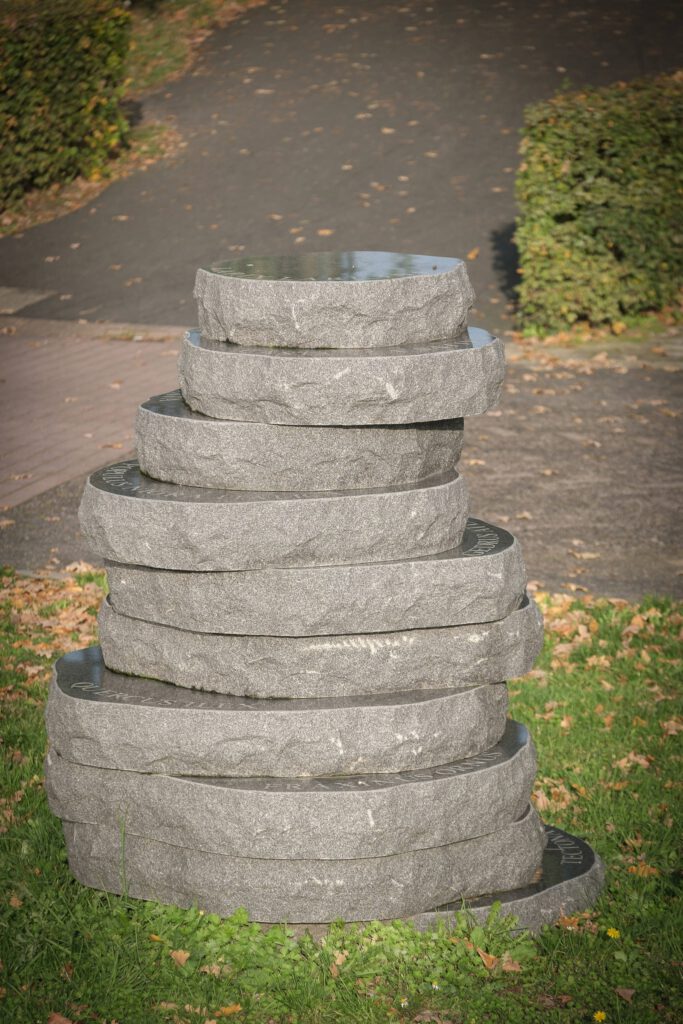Bijenzwerm / Swarm of Bees, Mirjam Oskam-Van Beekum (2009)
Mirjam Oskam (Arnhem, 1944- ) studied at the Royal Academy of Art in the Hague in the 1960s. She draws, paints, sculpts and develops projects. Having lived and worked in Bennekom for many years, she has participated in several editions of the Bennekom initiative ‘regional Kunstroute 14 Karaats’. For the Wageningen Eng art route in […]
Bijenzwerm / Swarm of Bees, Mirjam Oskam-Van Beekum (2009) Read More »










